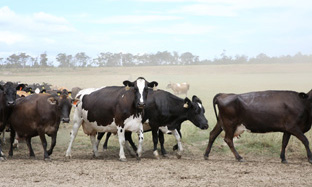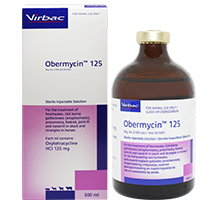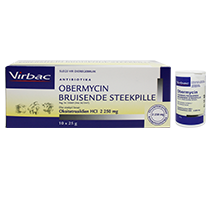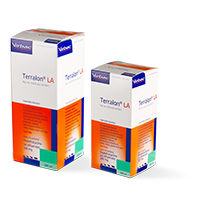
Anaplasmosis/ Gallsickness in cattle and the treatment
Anaplasmosis is a tick-borne disease caused by Rickettsia; Anaplasma marginale and Anaplasma centrale. In south africa it is transmitted by 5 different tickspecies (R. decoloratus, R. microplus, R.simus, R. evertsi, H. marginatum rufipes), flies (S. calcitrans) and infected needles. Anaplasmosis / gallsickness are the same; anaplasmosis was formerly known as gallsickness.
Anaplasmosis has a very long incubation period and symptoms may only occur 21 to 42 days after transmission
Signs of anaplasmosis / gallsickness in cattle include:
- Continuous/ fluctuating fever >40 ºC
- Anaemia
- Jaundice
- Rumen stasis
- Constipation
- Decrease in milk production (Dairy animals)
Seasonal occurrence
Anaplasmosis / Galsickness outbreaks occur in warmer months (summer and autumn) when tick and biting fly challenges are high. Usually only adult animals get infected, and then only a small group or single animals.
Treatment of Anaplasmosis / Gallsickness In Cattle
Treat animals as soon as possible when they show signs symptoms. Keep the animals calm and refrain from driving them over long distances. Administer tetracycline or imidocarb injections according to the manufacturer’s guidelines. Supportive treatment is also recommended ie Vitamin B Co & Rumix.
Prevent the chance of Anaplasmosis infections by controlling ticks and flies by dipping animals.
Dip animals more frequently when:
- The blue tick/ fly challenge is high (dip once a week for 3 weeks/ dip 5,5,4 days to reduce tick/fly population – use products that have a fly control claim)
- When animals are moved to unused camps (dip once a week for 3 weeks/ dip 5,5,4 days) to reduce the tick population)
Vaccinate animals with gallsickness blood vaccines (Consult your veterinarian) and make use of “blocking” methods by injecting susceptible animals with oxytetracyclines.
Call your local Virbac representative for more information about our products for the treatment of anaplasmosis and gallsickness in cattle.




